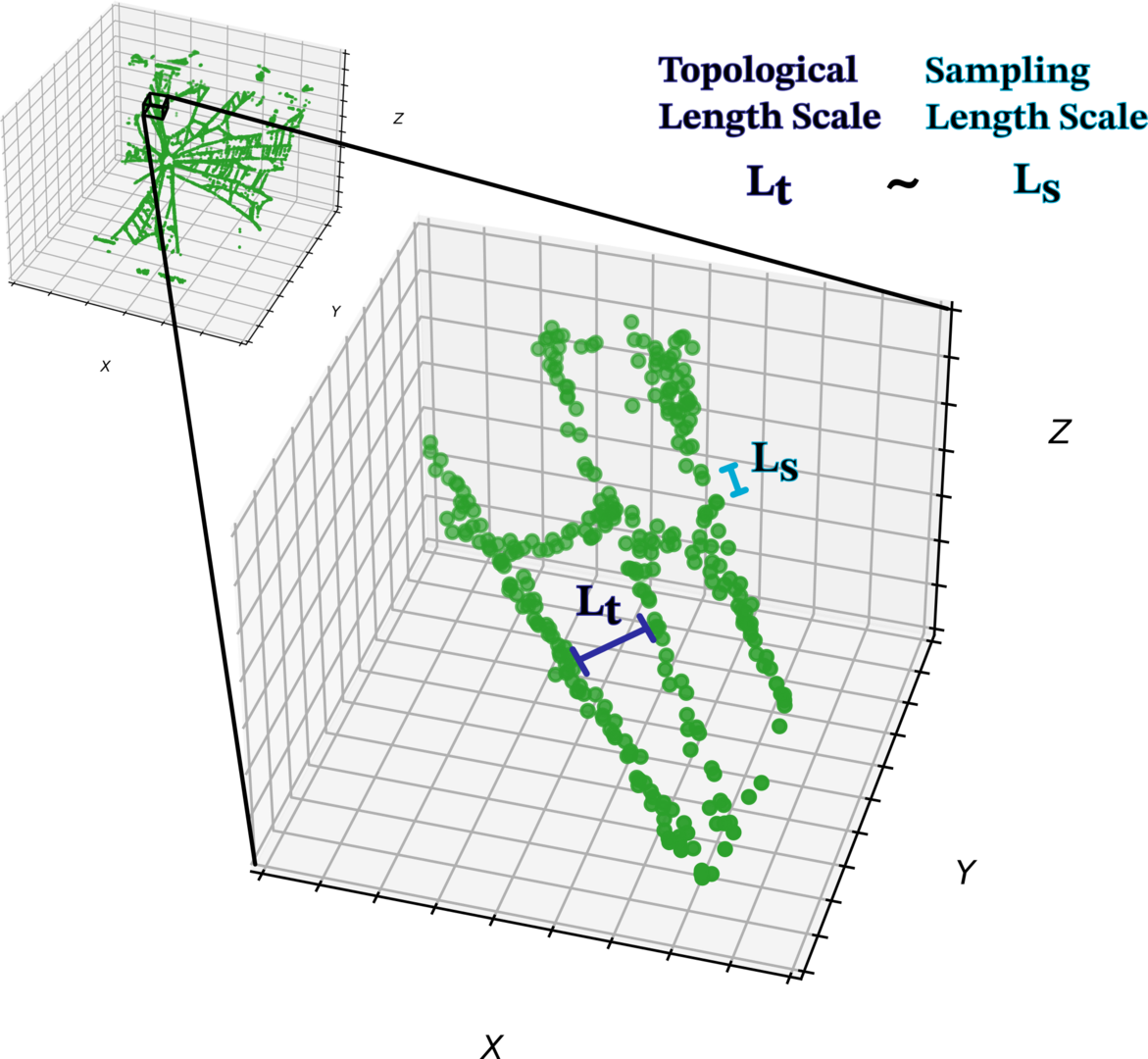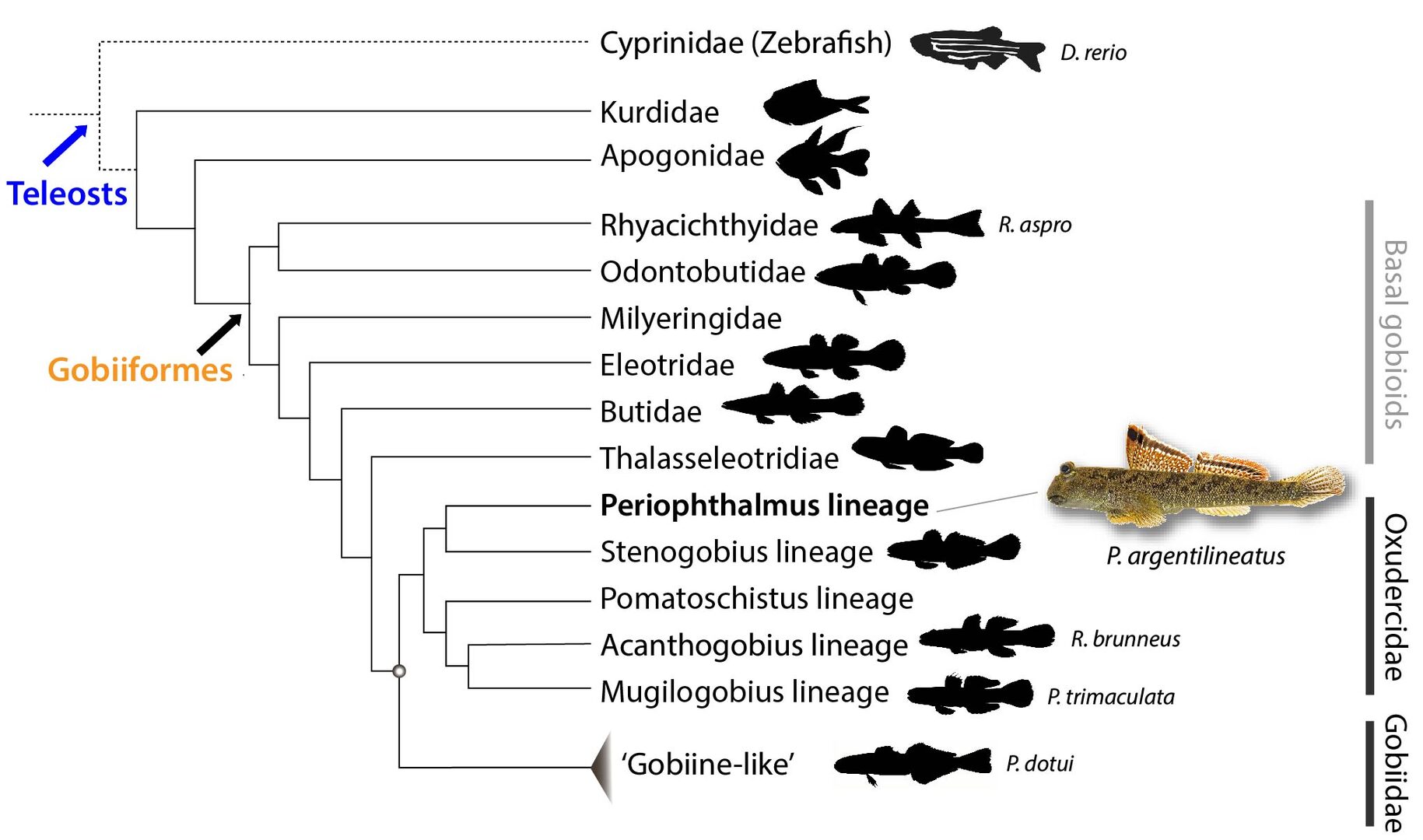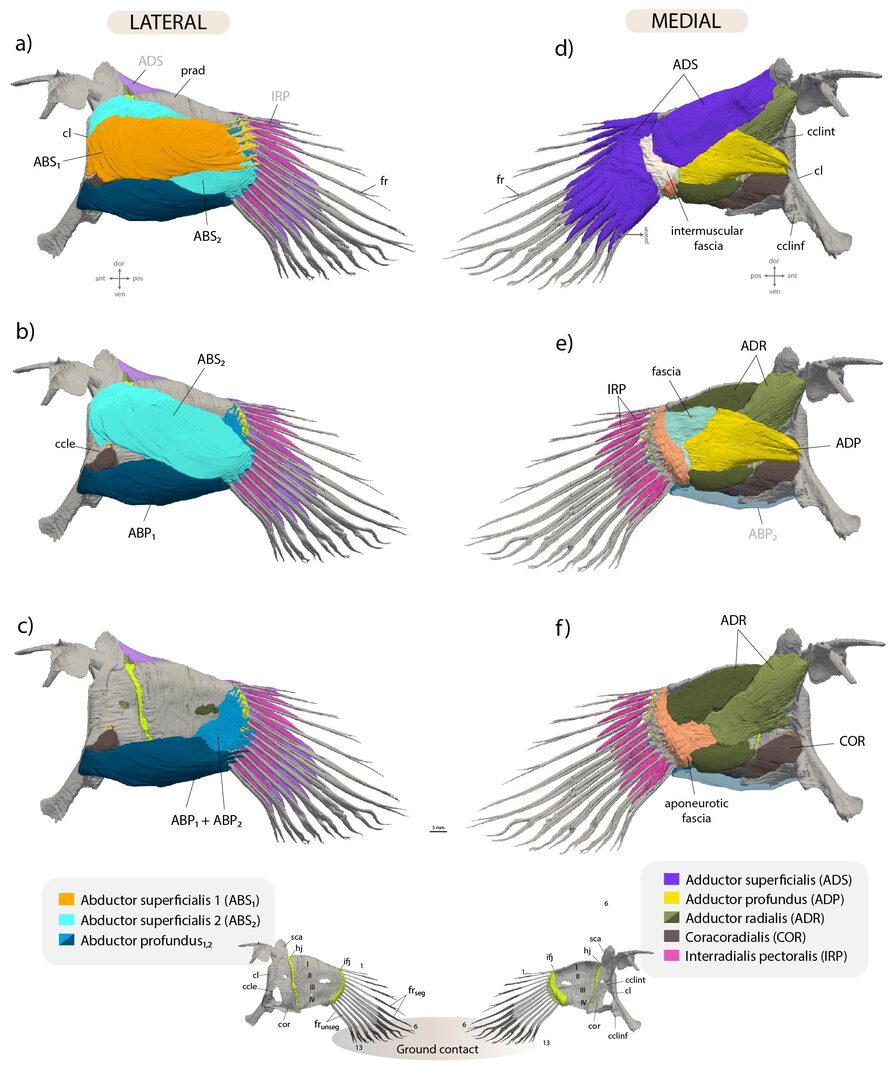FY2022 Annual Report
Nonlinear and Non-equlibrium Physics Unit
Professor Mahesh M. Bandi

Abstract
We are an experimental group with primary interests in nonlinear and non-equilibrium physics, both applied and fundamental. Our work often intersects with soft matter physics, applied mathematics, mechanics, and their application to biologically inspired problems. Our current focus is trained towards problems in interfacial fluid dynamics, granular solids, biomechanics of the human foot and fluctuations in renewable energy sources.
1. Staff
- Rohit Vishwakarma, Research Intern
- Jack Featherstone, Rotation Student
- Sayan Mitra, Research Intern
- Kha-I To, Postdoctoral Scholar
- Fabienne Ziadi, Postdoctoral Scholar
- Chien-chia (Soda) Liu, Staff Scientist
- Ayano Sakiyama, RUA
- Mahesh M. Bandi, Professor
2. Collaborations
2.1 Solar photovolatic power fluctuations
- Description: An analysis of the character of power fluctuations in solar photovoltaic power at the scale of a single solar panel, a solar plant, and at the grid scale.
- Type of collaboration: Joint research
- Researchers:
- Prof. Golan Bel, Ben Gurion University of the Negev, Israel.
- Prof. Mahesh Bandi, Nonlinear and Non-equilibrium Physics Unit, OIST Graduate University
2.2 Biomechanics of Mudskipper locomotion
- Description: Experimental study of the biomechanics underlying the various modes of mudskipper locomotion.
- Type of collaboration: Joint research
- Researchers:
- Dr. Fabienne Ziadi, Nonlinear and Non-equilibrium Physics Unit, OIST Graduate University
- Prof. Madhusudhan Venkadesan, Department of Mechanical Engineering and Materials Science, Yale University.
- Prof. Mahesh Bandi, Nonlinear and Non-equilibrium Physics Unit, OIST Graduate University
2.3 Electrical consumer load fluctuations
- Description: Nonlinear and statistical time-series analysis of the fluctuations in electrical consumer demand using real-world and simulated data sets.
- Type of collaboration: Joint research
- Researchers:
- Dr. Ambarish Nag, National Renewable Energy Laboratory, Golden Colorado, USA.
- Prof. Jay Apt, Carnegie Mellon University, Pittsburgh, PA, USA.
- Mr. Sayan Mitra, Research Intern, Nonlinear and Non-equilibrium Physics Unit, OIST Graduate University
- Prof. Mahesh Bandi, Nonlinear and Non-equilibrium Physics Unit, OIST Graduate University
3. Activities and Findings
3.1 Predator-Prey Interactions of Latrodectus Spiders
Spiderwebs are fantastically versatile and complex dwellings, hunting tools, and defensive mechanisms, with structures that vary from the familiar 2D circular pattern of an orb weaver to seemingly-random 3D tangles built by cobweb spiders. Beyond this simple dichotomous classification, web structure -- and thus function -- varies drastically depending on the arachnid's biology, environmental conditions, and even day-to-day factors like hunger. We are interested in investigating these relationships, especially as they apply to prey capture efficacy, for spiders of the Latrodectus genus, which includes the (im)famous Australian Red Backs and North American Black Widows.
Unlike most other Theridiid, or cobweb, spiders, members of the Latrodectus genus focus their prey capture efforts on ground-based insects, through the use of vertically placed gumfooted threads. By placing glue at the bottom of these threads, passerby insects that blunder into them become stuck, allowing the spider to "fish" them up at its convenience.

As a part of this project, we look to first describe the geometry and topology of these peculiar web structures by making fully three-dimensional scans of webs built in captivity. This would be the first complete, quantitative structural description of this web phenotype, and could be used to investigate, for example, how these spiders triangulate prey via vibrations.
To do this, we can borrow tools from fields like geological surveying with techniques like in-situ point cloud scanning or graph reconstruction via skeletonization. We find a model environment to study a ubiquitous problem sitting at the intersection of geometry, topology, and image analysis: how can we resolve the structure of an object whose topological length scale is of the same order as the sampling length scale? That is, when the distance between sampling points is comparable to the size of holes in the graph, can we faithfully extract the topological structure?

3.2 Mudskipper fin anatomy
In contrast to their aquatic relatives, mudskippers disperse over land in a synchronous, appendage-based mode of locomotion with a stiffened body axis, termed ‘crutching’. Members of the genus Periophthalmus have further enhanced this ambipedal mode of progression using lobe-like pectoral fins (homologs to the forelimbs) by arching the body and concurrently folding the anal fin to clear the surface. Crutching is a rather slow-speed locomotor gait but can be complemented with tail use on inclines.

While other forms of semi-terrestrial locomotion exhibited by ray-finned fishes have evolved independently multiple times within ray-finned fish (Actinopterygii), the crutching mode of locomotion is distinct from other amphibious fishes and appears to be unique to mudskippers. The ability of mudskippers to perform a variety of motor behaviors between environments with fundamental physical disparities (e.g. density, viscosity, gravitational load) has significant consequences for the design and functional roles individual fin muscles play during particular locomotor movements and is crucial for their survival.

We apply iodine-based micro-computed X-ray tomography to generate three-dimensional musculoskeletal reconstructions that enable us to examine the fine details of the fish fins. We aim to further evaluate the roles of muscles in paired fins and caudal fin muscles in the accommodation of terrestrial locomotion.
By providing the anatomical details and features of the appendicular fin system using non-destructive, high-resolution computed tomography, we intend our review of mudskipper locomotor fins will aid future research on the evolution of fin muscles in fishes with amphibious behavior. This data set will have intrinsic value in applications to other ray-finned fishes.
4. Publications
4.1 Journals
- Gutnick, T., Neef, A., Cherninskyi, A., Künzli-Ziadi, F., Di Cosmo, A., Lipp, H.P. and Kuba, M. Recording electrical activity from the brain of behaving octopus, Current Biology, 2023 (doi.org/10.1016/j.cub.2023.02.006)
- Gavriouchkina, D., Tan, Y., Künzli-Ziadi, F., Hasegawa, Y., Piovani, L., Zhang, L., Sugimoto, C., Luscombe, N., Marlétaz, F. and Rokhsar, D.S. (2022). A single-cell atlas of bobtail squid visual and nervous system highlights molecular principles of convergent evolution. bioRxiv, 2022-05.
- Asada, K., Nakajima, R., Nishibayashi, T., Ziadi-Künzli, F., Lajbner, Z., Miller, J., Gutnick, T., & Kuba, M. (2021). Improving keeping for octopuses by testing different escape-proof designs on tanks for “big blue octopus” (Octopus cyanea). Applied sciences, 11(15), 8547.
4.2 Books and other one-time publications
Nothing to report
4.3 Oral and Poster Presentations
1. Mahesh M. Bandi, "Electrocharging face masks using corona discharge treatment". Physics colloquium, Ashoka University, India. April 4, 2022.
2. Mahesh M. Bandi, "Spectrum of wind power fluctuations" Data Science Seminar, Indian Institute for Science Education & Research, Pune. June 17, 2022.
3. Kha-I To, "Rifts in Rafts: Distributed Failure and Cluster Formation of Particle Rafts under Expansion", 2023 Taiwan Physical Society Annual Meeting. Jan. 17, 2023.
5. Intellectual Property Rights and Other Specific Achievements
Nothing to report
6. Meetings and Events
Nothing to report
7. Other
Nothing to report.



